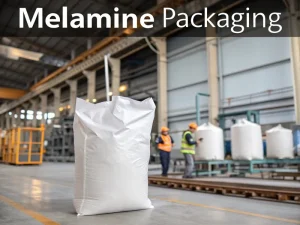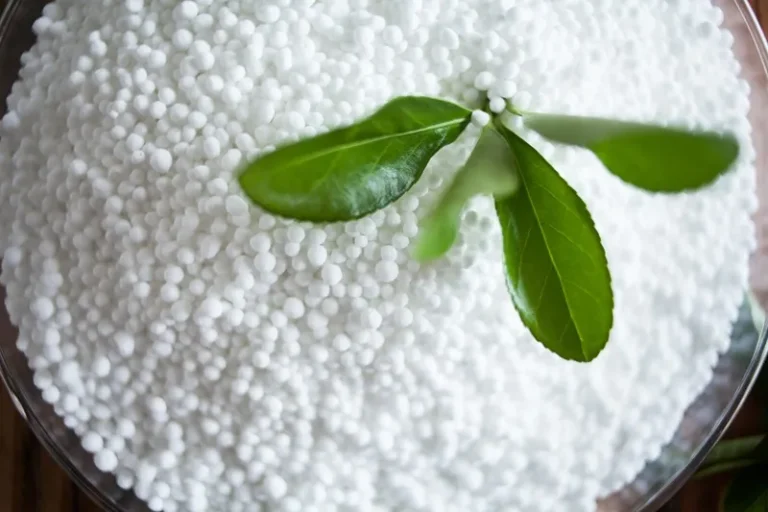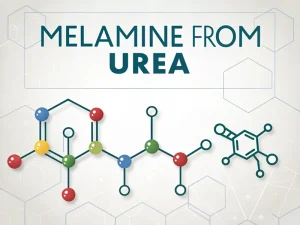
Melamine Packaging
Tech Blog Melamine packaging For manufacturers, inaccurate packaging not only fails to meet national standards but also increases labor costs and the risk of product


Urea, as an important nitrogen-containing compound, solubility of urea in water is key to understanding its physicochemical properties.
Urea exhibits typical temperature-dependent solubility in water, specifically manifested as:
At 20 ℃: about 108 grams/100 milliliters of water (i.e., 1080 g/L) belonging to high solubility substances
At 100 ℃, the solubility can be increased to about 733 grams per 100 milliliters of water (7330 g/L)
Solubility curve characteristics: It increases approximately linearly with temperature, which conforms to the dissolution law of most solid solutes (except for substances such as calcium hydroxide, whose solubility decreases with increasing temperature).
Heat of dissolution: Urea absorbs heat when dissolved in water through an endothermic process, with an enthalpy change (ΔH) of approximately+13.3 kJ/mol.
Entropy increase effect: During dissolution, urea molecules dissociate from an ordered crystal structure into disordered hydrated ions, and entropy increase (ΔS) is significant, which is the main thermodynamic factor driving dissolution.
Dissolving equilibrium formula:
Molecular motion angle: The increase in temperature intensifies the thermal motion of water molecules, enhancing their ability to break hydrogen bonds between urea molecules (N-H… O interactions in crystals).
Data comparison:
| Temperature(℃) | Solubility(g/100 mL Water) |
|---|---|
| 0 | 51 |
| 25 | 117 |
| 50 | 205 |
| 75 | 421 |
Hydrogen bond network: Carbonyl (C=O) and amino (-NH₂) groups in urea molecules can form multiple hydrogen bonds with water molecules:
The O atom of urea forms hydrogen bonds with the H atom of water molecules;
The H atom of urea forms hydrogen bonds with the O atom of water molecules.
Hydration structure: Each urea molecule can form a stable hydration shell with multiple water molecules, enhancing its dispersibility in water.
Salt effect: Adding inorganic salts (such as NaCl) may affect solubility through the following mechanisms;
Same ion effect: If the solute and urea contain a common ion (such as NH ₄⁺), it may inhibit dissolution;
Ionic strength effect: High concentrations of ions can alter the activity of water molecules, potentially reducing the solubility of urea;
Example: At 20 ℃, the solubility of urea in a 1 mol/L NaCl solution decreases by about 12%.
Negligible under normal pressure: The effect of pressure changes below 100 atm on urea solubility is less than 0.1%.
Extreme high-pressure conditions: When the pressure exceeds 1000 atm, the distance between water molecules decreases, which may compress the dissolution space of urea molecules, resulting in a slight decrease in solubility.
Typical data: At 20 ℃, the density of a 30% urea aqueous solution is about 1.12 g/mL, and the density of a 50% solution is about 1.25 g/mL.
Application significance: In industry, the concentration of urea solubility can be quickly estimated through density measurement.
Freezing point: The freezing point of 10% urea solution is about -2.5 ℃, which is significantly lower than that of pure water (0 ℃).
Application: Winter car antifreeze (mixed with ethylene glycol).
Boiling point: The boiling point of 50% urea solution is about 103 ℃, which is higher than that of pure water (100 ℃).
Reason: Solute molecules increase the vapor pressure resistance of the liquid phase.
Low concentration zone (<20%): viscosity close to pure water, good fluidity.
High concentration zone (>60%): viscosity sharply increases, and at 60 ℃, the viscosity of a 70% solution can reach 15 cP (about 1 cP for pure water).
Impact: The transportation of high-concentration urea solution requires consideration of increased pipeline resistance.
Fertilization with urea solution:
Common concentration: 10% -20% (with a nitrogen content of about 5-10%).
Advantage: High solubility ensures uniform distribution through drip irrigation or foliar spraying, avoiding excessive concentration and burning of seedlings locally.
Urea-formaldehyde slow-release fertilizer: Utilizing the dissolution crystallization characteristics of urea in water, it condenses with formaldehyde to form slow-release particles, controlling the nitrogen release rate.
Denitrification process:
Principle: After urea is dissolved in water, it is decomposed into NH3 and CO₂ by microorganisms, which can serve as carbon and nitrogen sources for denitrifying bacteria.
Application scenario: adjust the C/N ratio in the sewage treatment plant to improve the total nitrogen removal efficiency.
Typical formula: For every 1 mg/L nitrate nitrogen removal, approximately 2.86 mg/L urea (theoretical value) needs to be added.
AdBlue solution:
Composition: 32.5% urea+67.5% deionized water (urea is saturated at 20 ℃).
Key parameters:
Freezing point: -11 ℃ (lower than the operating temperature of conventional diesel vehicles);
Solubility design logic: Ensure no crystallization in winter and no volatilization in summer;
Reaction principle: Urea aqueous solution undergoes thermal decomposition to generate NH3, which reacts with NOx to generate N₂ and H₂O.
Pain point in industrial scenarios: slow dissolution when preparing high-concentration urea solution in batches.
Solution:
Heat up to 50-60 ℃ (increased solubility and controllable energy consumption).
Mechanical stirring+ultrasonic assistance (enhanced mass transfer).
Pre-treatment: Grind urea crystals into fine powder (increase surface area).
Low-temperature crystallization risk:
When the temperature is below -11 ℃ (AdBlue freezing point), urea may crystallize and block the pipeline.
Solution:
Add a small amount of methanol (≤ 5%) to lower the freezing point or use insulation measures.
Application of evaporative crystallization:
In urea production, crystals are obtained by evaporating concentrated solutions, and the cooling rate needs to be controlled to avoid the formation of needle-shaped crystals (which affects fluidity).
Microbial contamination:
Long-term exposure of urea aqueous solution to air may be decomposed by urease, producing NH3 and CO₂.
Preventive measures: Add 0.1% sodium azide (NaN ∝) to inhibit microbial activity or store it in a sealed container.
The solubility of urea in water is not only a fundamental physical and chemical property but also the core scientific basis for its applications in agriculture, industry, environmental protection, and other fields.
By understanding the influence of factors such as temperature and solute interactions on solubility, humans are able to design efficient fertilization schemes, exhaust gas treatment systems, and biochemical experimental methods.
In the future, with the development of green chemistry and functional materials, the solubility characteristics of urea water systems will continue to provide theoretical support for innovative applications.

Tech Blog Melamine packaging For manufacturers, inaccurate packaging not only fails to meet national standards but also increases labor costs and the risk of product

Tech Blog How to Detect Melamine in Textiles? Melamine powder, a nitrogen-containing heterocyclic compound, is widely used in flame-retardant textiles and plastic products due to

Tech Blog melamine from urea Melamine is well-known for its wide range of applications, but its raw material for production is surprisingly urea. For manufacturers,

JINGJIANG MELAMINE POWDER
© JINJIANG MELAMINE